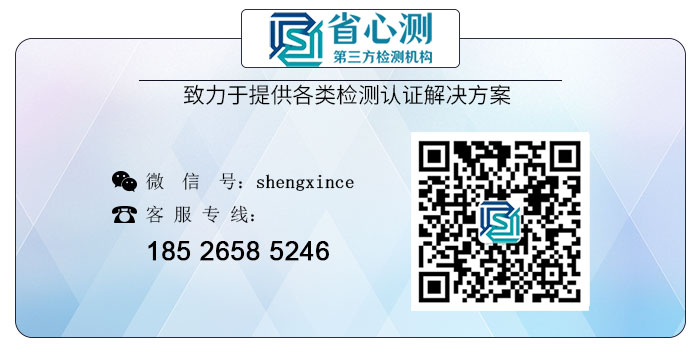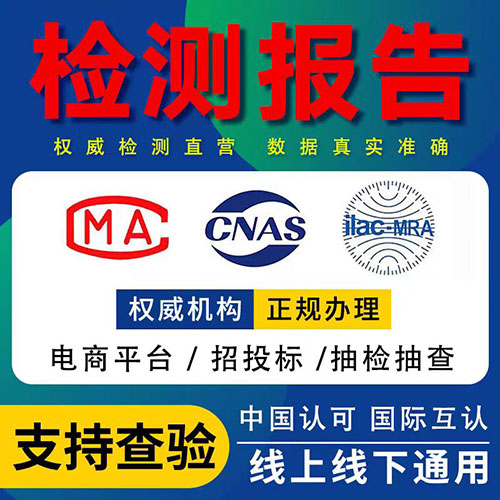rohs 6项分析报告英文
Introduction
ROHS (Restriction of Hazardous Substances) is a European Union regulation that restricts the use of certain hazardous substances in electronic and electrical products. The ROHS directive prohibits the use of six hazardous substances, hence, it is also known as the ROHS 6. In this report, we will provide an in-depth analysis of the ROHS 6 and its impact on the electronics and electrical industry.
What are the ROHS 6 substances?
The ROHS 6 substances are lead, mercury, cadmium, hexavalent chromium, polybrominated biphenyls (PBB), and polybrominated diphenyl ethers (PBDE). These substances are widely used in electronic and electrical products, and their use is restricted by the ROHS directive. Lead is commonly used in solder, mercury is used in fluorescent lamps, and cadmium is used in batteries. Hexavalent chromium is used in electroplating, while PBB and PBDEs are used as flame retardants.
Why are these substances harmful?
These substances are harmful to the environment and to human health. They can cause serious health problems such as cancer, reproductive disorders, and damage to the nervous system. These substances can also pollute the environment and contaminate soil and water. Moreover, they are non-biodegradable, which means that they can persist in the environment for a long time.
What is the impact of the ROHS directive on the electronics and electrical industry?
The ROHS directive has a significant impact on the electronics and electrical industry. Manufacturers must comply with the directive by ensuring that their products do not contain any of the ROHS 6 substances above the specified limits. This has led to the development of new manufacturing processes and the use of alternative materials that are ROHS compliant. The cost of compliance with the directive has also led to an increase in the price of electronic and electrical products.
What are the benefits of the ROHS directive?
The ROHS directive has several benefits. It protects human health and the environment by reducing exposure to hazardous substances. It also promotes the use of alternative materials that are less harmful to the environment. Moreover, it creates a level playing field for manufacturers, as all manufacturers must comply with the same regulations. This encourages innovation and the development of new and more sustainable products.
Conclusion
In conclusion, the ROHS directive is a regulation that restricts the use of six hazardous substances in electronic and electrical products. The directive aims to protect human health and the environment by reducing exposure to hazardous substances. The directive has a significant impact on the electronics and electrical industry, including the development of new manufacturing processes and the use of alternative materials. Although compliance with the directive can be costly, it provides several benefits such as promoting sustainability and innovation.


 有样品要送检?试试一键送检,15分钟极速响应
有样品要送检?试试一键送检,15分钟极速响应



